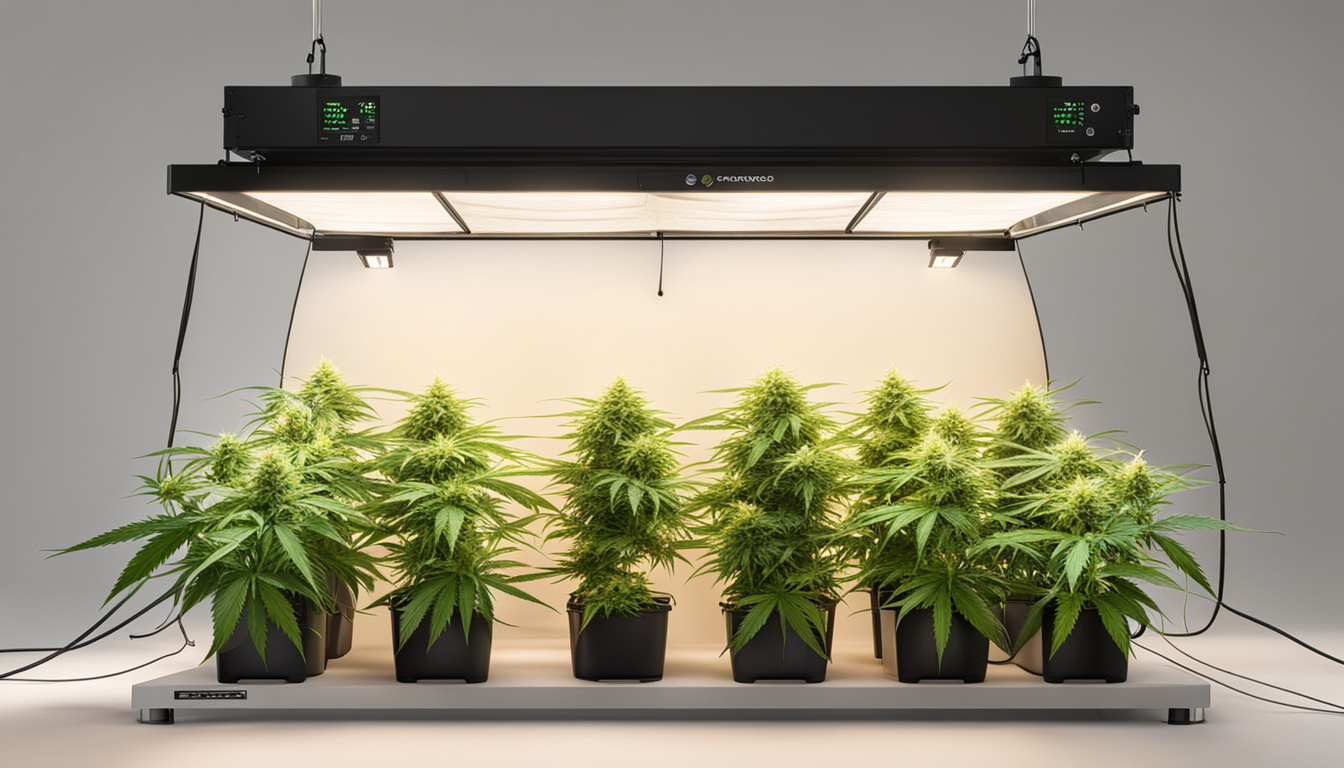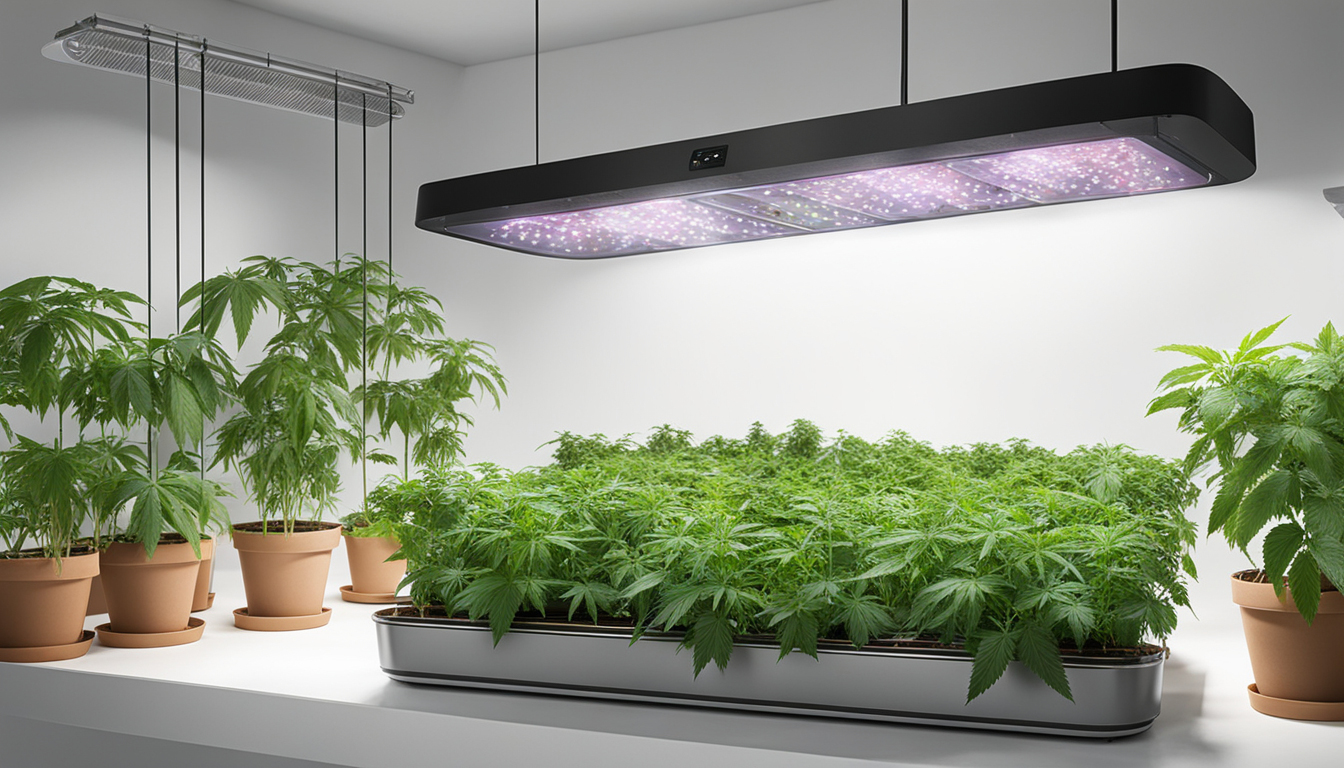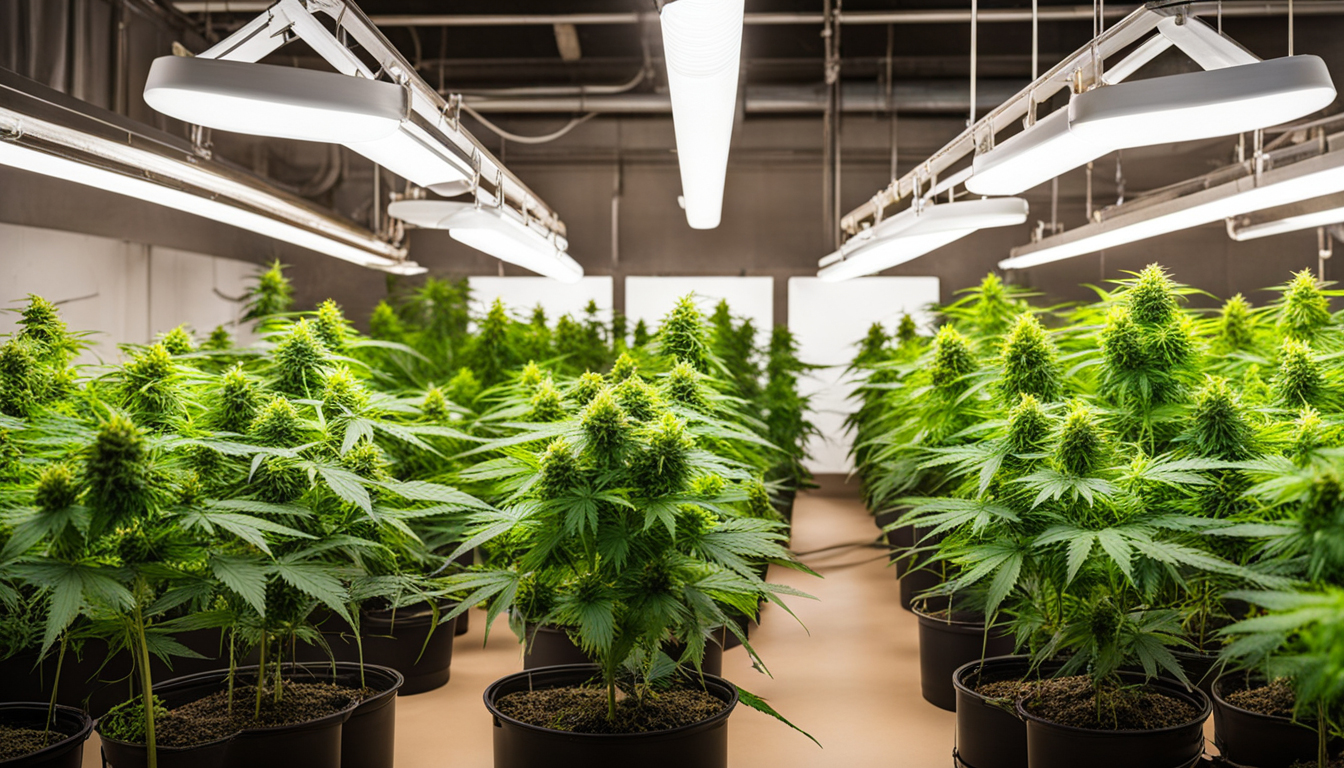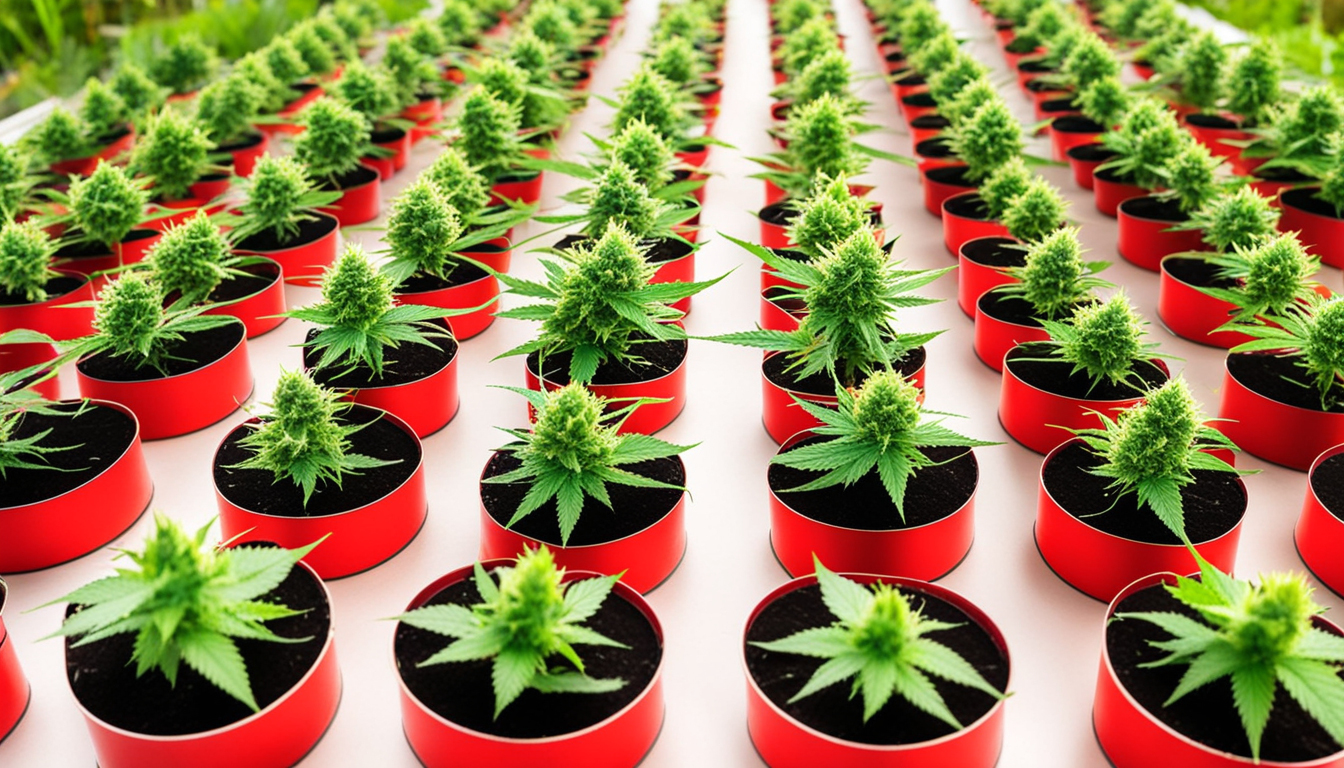
Whether you're new to pot production or looking to improve your existing grow, following this complete guide will help you produce big, high-quality yields right at home. With the right supplies, strategies, and care, growing marijuana indoors can be an extremely productive and cost-effective endeavor.
Choosing Pot Strains
The first step in planning your indoor grow is selecting the right marijuana cultivars to produce. The three main types of weed plants each have their own traits.
Energizing strains
Known for their uplifting cerebral effects, sativas spread tall and slender with narrow leaves. They flourish in tropical equatorial climates and have a longer flowering time between 10-12 weeks indoors. Top sativa strains include Jack Herer, Durban Poison, Super Lemon Haze, and Jack Herer.
Indicas
Indicas provide relaxing full-body effects and spread short and bushy with wide leaves. Accustomed to colder mountain climates, they bloom faster within 2-2.25 months. Popular indica strains include Northern Lights, Bubba Kush, and Bubba Kush.
Mixed strains
Mixed varieties mix traits from both energizing strains and relaxing strains. They offer blended effects and have moderate blooming times around 2.25-2.5 months. Popular hybrids are OG Kush, Girl Scout Cookies, and Blue Dream.

Setting Up Your Grow Space
Weed plants need the right controlled environment to flourish. Key factors for indoor grows are lights, ventilation, layout, and finding the ideal discreet location.
Location
Choose an unused space with easy access to water and electrical outlets. An empty spare room, large closet, corner of the basement, or grow tent tucked away in a garage all make great hidden grow room spots.
Lighting
Cannabis requires powerful light for all vegetative stages. LEDs are efficient and come in full spectrum options mimicking real outdoor light. Provide 250-400 watts per square foot for the vegetative stage and 400-600 watts per sq. ft. for flowering.
Ventilation
Proper airflow and exhaust systems maintain ideal temperature, moisture, and fresh CO2 levels. Install quiet 10-15 cm blowers or scrubbers to refresh stale air and eliminate odors.
Layout
Optimize your space by positioning plants strategically under the lamps and allowing room to access and work around them. Set up separate zones for growth, bloom, drying, and cloning.

Growing Substrates
Weed can be cultivated in different substrates, each with pros and cons. Pick a proper option for your particular setup and cultivation style.
Soil
The classic substrate, soil is cheap and easy for new growers. It provides great flavor but requires more irrigation and fertilizing to feed plants. Enrich soil with perlite or coir to enhance drainage.
Coconut coir
Made from coconut husks, renewable coco coir holds water but still lets in air to the roots. It's cleaner and more predictable than soil. Use coir-specific nutrients to prevent calcium buildup.
Water systems
In hydro systems, plant roots grow right in nutrient water solution. This enables rapid development but needs close monitoring of solution chemistry. Deep water culture and irrigation systems are common techniques.
Germinating Seeds
Germination prepares your cannabis seeds to begin growing taproots. This prepares them for transplanting into their growing medium.
Paper Towel Method
Put seeds between wet paper towels and maintain them damp. Check after 2-7 days for growing taproots indicating sprouting is complete.
Planting directly
Plant seeds right into pre-moistened cultivation medium 6mm deep. Gently water and wait 1-2 weeks until sprouts break through the top.
Rockwool Cubes
Presoak cubic rockwool starters in pH-adjusted water. Insert seeds 1⁄4 inch deep into the cubes. Keep cubes wet until sprouts appear within 1-14 days.
Transplanting Young plants
Once germinated, cannabis seedlings need to be repotted to prevent overcrowding. Move them into proper sized pots.
Ready Containers
Fill final Contact Us Today pots with cultivation medium enriched with time-released nutrients. Allow containers to absorb water for 8-12 hours before repotting.
Gently repotting
Gently separate seedling roots from sprouting medium using a spade. Put into pre-soaked pot at same depth as before and lightly water in.
Growth Stage
The growth stage encourages leafy growth and plant structure through 18-24 hours of daily light intensity. This stage usually lasts 1-2 months.
Using 3/4 to full day of Lighting
Use lamps on a 24 hour cycle or natural sunlight to trigger constant photosynthesis. Lamp output influences height and node distance.
Nutrients
Use grow stage nutrients higher in nitrogen. Make sure pH stays around 6.5 for proper fertilizer uptake. Fertilize 25-50% concentration after 14 days and strengthen slowly.
LST and topping
Fimming, LST, and trellising direct shoot shapes for flat foliage. This boosts yields.

Flowering Stage
The blooming stage develops buds as plants reveal their sex under a 12 hour cycle timing. It lasts 8-12 weeks depending on strain.
Changing Light Schedule
Change lamps to 12/12 or move outdoors for outdoor 12 hour cycle. This signals plants to start flowering.
Flushing
Leaching removes nutrient salts to enhance flavor. Fertilize weakly the first period then just use pH'd water the last 2 weeks.
Flushing
Maintain 12/12 light timing but flush using neutral pH water only. Return to plain watering if buds aren't yet ripe after two weeks.
Harvesting
Knowing when pot is completely mature ensures maximum potency and aroma. Harvest Donate Here plants at peak ripeness.
Identifying Ripeness
Look for fading pistils, swelling calyxes, and 5-15% amber trichomes. Check buds around the plant as they don't all ripen evenly.
Harvesting plants
Use clean, sharp pruning shears to carefully slice each plant at the base. Leave several inches of stalk attached.
Drying
Hang intact plants or colas upside down in a lightless room with average temperature and humidity around 45-65% for 7-14 days.
Curing
Aging continues desiccating while improving the buds like fine wine. This technique smooths bitterness and intensifies cannabinoid contents.
Jars and Humidity
Trim cured buds from branches and place into sealed containers, filling about 3⁄4 full. Use a sensor to measure jar moisture.
Burping Daily
Unseal jars for a short time daily to gradually lower humidity. Rehydrate buds if humidity goes under 55%.
Final Cure
After 14-21 days when humidity levels off around 55-65%, do a final trim and keep long-term in airtight jars.
Troubleshooting
Even experienced cultivators run into various marijuana plant problems. Identify problems early and fix them properly to keep a healthy garden.
Poor feeding
Yellowing leaves often signify insufficient nitrogen. Anthocyanins and leaves show phosphorus deficiency. Test pH and increase fertilizers gradually.
Bugs
Spider mites, fungus gnats, mites, and root aphids are frequent weed pests. Use organic sprays, ladybugs, and yellow traps for natural control.
Powdery mildew
High moisture encourages botrytis and bud rot. Improve circulation and circulation while reducing humidity below 50% during bloom.

Summary
With this complete indoor cannabis cultivation guide, you now have the info to cultivate plentiful potent buds for private grows. Apply these steps and Request More Info techniques during the germination, growth, and flowering stages. Invest in quality gear and closely check on your plants. In time, you'll be rewarded with sticky fragrant buds you grew yourself under the loving care of your green thumbs. Good luck cultivating!